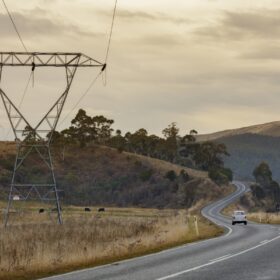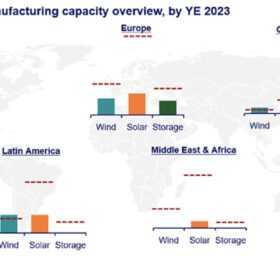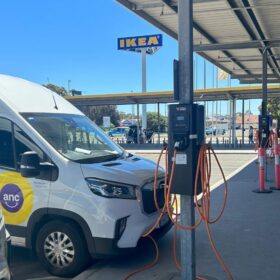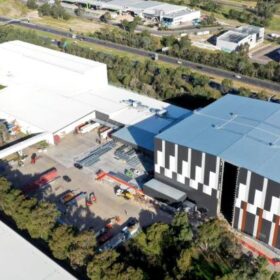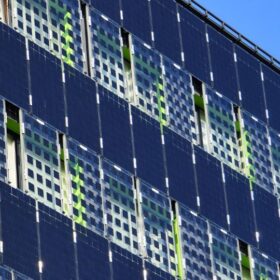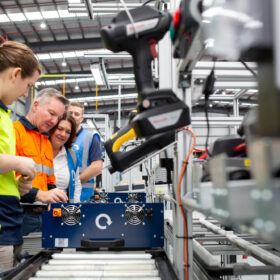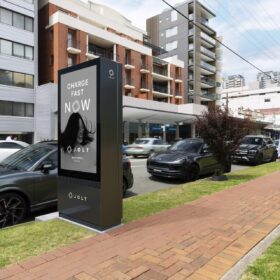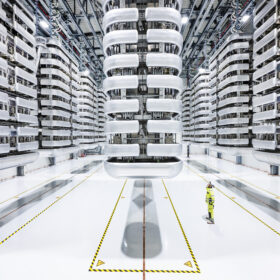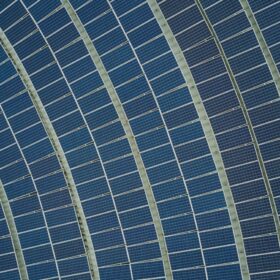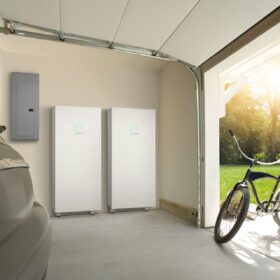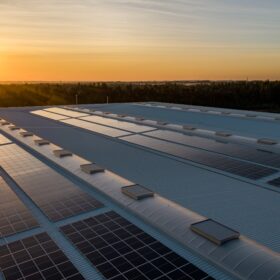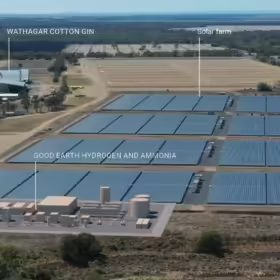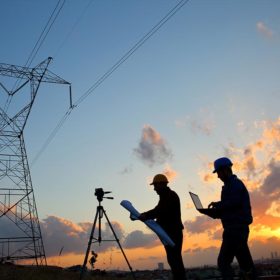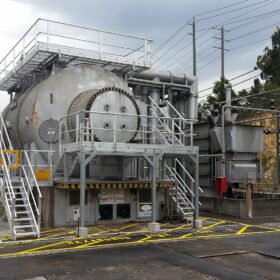Tasmania launches consultations on first renewable energy zone
Consultation on Tasmania’s proposed first coordinated renewable energy zone in the state’s northwest has begun, putting the Apple Isle a step closer to its legislated target to be 200% powered by renewables by 2040.
Renewable manufacturing costs up to 200% lower in China, says WoodMac
Wood Mackenzie says in its latest report that low prices and integrated supply chains allow Chinese manufacturers to supply more than 65% of total global demand for renewables equipment, with its exports growing by 35% between 2019 and 2023.
Ikea aims to drive EV uptake with nationwide charging network
The Australian arm of Swedish furniture giant Ikea will partner with Melbourne-based electric vehicle charging infrastructure company Jet Charge to establish a national charging network at its stores across the country.
Sungrow supplies technology for CleanPeak solar and storage install
CleanPeak Energy has selected Chinese manufacturer Sungrow to provide the inverter and battery technology for a 5 MW rooftop PV and 11 MWh battery energy storage system being installed atop biscuit manufacturer Arnott’s Group’s production facility in western Sydney.
Report lists strategic recommendations to boost BIPV rollout
A new report from the International Energy Agency’s Photovoltaic Power Systems Programme presents a suite of strategic recommendations aimed at taking building integrated photovoltaics from niche market to mainstream.
Government’s cash splash aims to kickstart Australia’s battery industry
Australia has a new National Battery Strategy, unveiled as a key part of the federal government’s Future Made in Australia agenda. The vision is for this country to be making batteries with secure supply chains by 2035.
Miner turns to car park solar roofing system for off-grid solution
The versatility of solar mounting manufacturer and balance-of-system provider Clenergy’s ezShade 2.0 solar shade system has been put to the test with the solution at the core of a standalone power system fuelling an off-grid communications site in remote northern Queensland.
NSW plans 390 new charging sites to accelerate EV uptake
Jolt Charge will install 65 free electric vehicle charging sites across Sydney in the coming 12 months after the New South Wales government committed $4.1 million to support the largest rollout of public kerbside electric vehicle chargers in the country.
Hitachi to deliver ‘Australian first’ converter tech for Marinus Link
Hitachi Energy has been tapped by Marinus Link to provide key voltage converter technology for the high-voltage transmission project that is to augment the existing connection linking the mainland Australian and Tasmanian electricity grids.
Renewables must triple by 2030 to hit net-zero by 2050, says BloombergNEF
BloombergNEF says in a new report that solar and wind must drive most emissions cuts before 2030 to stay on track for net zero by 2050. Its net zero scenario targets a combined solar and wind capacity of 31 TW by 2050.
